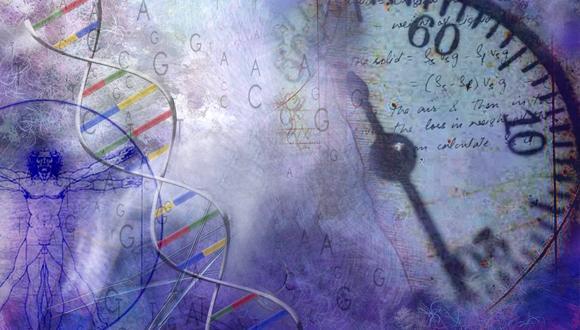Lecture: "The narrative pattern of the antagonist steeds and their chariot between Greece and Iran: some considerations about Aeschylus’ Persae 171-200, Agamemnon 900-940, and Plato’s Phaedrus 246ab"
Professor Antonio C. D. Panaino
Department of Cultural Heritage
University of Bologna
Ravenna Campus, Italy
Professor Antonio Panaino is a 2022/2023 Sackler Lecturer of the Mortimer and Raymond Sackler Institute of Advanced Studies.
Abstract:
The present lecture will deal with the image of the chariot and its steeds in the imagery of some crucial Greek texts suggesting a number of Iranian resonances, which show the presence of corresponding motifs well rooted within the Mazdean mythology and its poetical language. The presentation actually proposes a new approach to famous passages, such as Parmenides’ proem to the poem On Nature, Aeschylus’ Persae 171-20, Plato’s Phaedrus 246ab, and suggests an original interpretation of the ideological role assumed by the victorious Greek king in Aeschylus’ Agamemnon, when he appears in front of his palace and his wife Clytemnestra. Some aspects of Atossa’s dreams, in particular their symbolic complexity, are dealt with in the framework of a comparative Greek-Persian dimension. For instance, the motif of the antagonism between the two ladies can be reanalyzed in a new light. The queen announces that she has dreamt of two women (δύο γυναῖκ᾿), one recognizably a “Persian”, the other a “Greek” quarreling with each other, so that Xerxes was compelled to yoke them to a chariot. But, while the Persian lady accepted the rein and bridle without any protest, affirming the motif of the Persian δουλεία, the Greek one rebelled, tearing off the harness, breaking the yoke and making Xerxes fall down from the chariot. And this was an explicit omen announcing the victory of the Greek army over the Persian king. The image of discordant forces. The image of discordant forces yoked to the same chariot also occurs in Plato’s Phaedrus (246ab), where the two hor¬ses, one white and one black, pull the charioteer in different directions, one up, the other down, and it depends on the rational ability of the charioteer whether the chariot would ascend to the world of the ideas or descend to the physical realm. We must call general attention to the significant fact that the motif of fight between two yoked horses, in particular between a white horse and a black one, is not at all common in antiquity, whether in Greece or elsewhere. On the contrary, it was well developed in Iranian mythology, where we find also the image of the chariot with two antagonist steeds. The story of Snāuuiδka, an Iranian demon in the figure of a child, is well known in the Iranian domain. According to Yašt 19,43-44, he intends to yoke the two main antagonistic “spiritual” agents of Zoroastrianism as steeds: Spəṇta Mainiiu (the In¬cre-mental Thought/) and Aŋra Mainiiu (the Hostile Thought¬). Actually, this demon threatens not only to yoke these primordial powers but also to use the sky as the cart of his chariot and the earth as its wheel. The intention of the demon is to disrupt the cosmic order, taking advantage of the hostility between the two cosmic agents he wants to yoke as horses. A very fitting example concerning the image of a pair of horses (white and black) fighting each other for control of the waters of the Sea Vourukaṣ̌a (appearing in form of a mare) is one of the main motifs of the Avestan hymn to Sirius, the god Tištriia. The main activity of this god is the liberation of the rain clouds imprisoned in the mythical Sea, located between heaven and earth. The narrative core of the Tištar Yašt constitutes one of the oldest examples of an ancient Iranian mythological cycle, and is the most detailed ancient eastern Iranian astral myth. The god Tištriia fights for control of the waters against his antagonist, the demon Apaōša. The antagonists are presented as two stallions violently fighting until Tištriia is beaten and repelled. Then, the god laments his defeat and declares that if the Iranian people had sacrificed to him he would have overcome the enemy. At this point, it is Ahura Mazdā who offers an empowering sacrifice for the sake of Tištriia, so that the god-stallion can attack again. If one cannot claim that Iranian motifs directly inspired these Greek literary themes, it would be interesting to evaluate some central ideas behind the images chosen by Aeschylus and Plato, which show certain Iranian resonances, probably the fruit of an oral circulation of Eastern myths, which has not been adequately considered. The lecture will try to investigate these matters.


